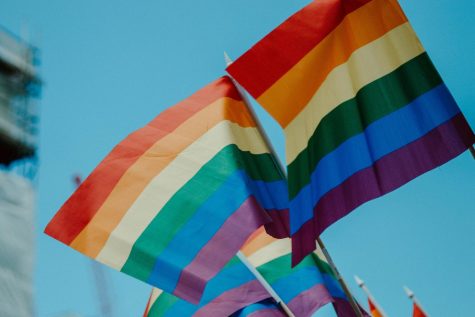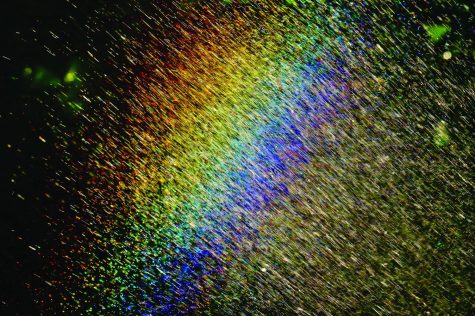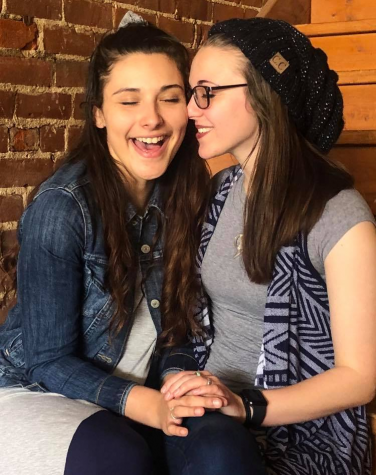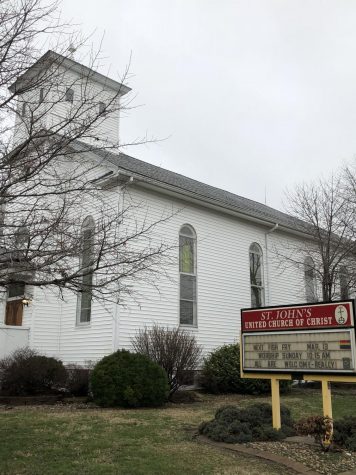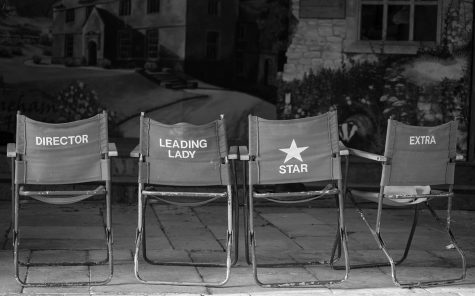Bisexuality Day & Me
“What does Bisexuality Day mean to you, Ronnie?”
It’s not a question I receive often, so it’s not one I have to think about. If someone asked me in passing or as an interview question, the answer would certainly be generic. “As a bi woman, I think it’s great that we get our own full week and day. Bisexuals often are left out of the LGBT discourse, so any attempt to bring our issues into the spotlight is a win in my book.” Lucky me, it’s Bisexual Visibility Day.
The story of my bisexual identity does not start in a neat manner. I can’t say that I always knew as a young girl or that everything changed the moment I had my first high school girlfriend. There was nothing I did as a child, at least from the ages of 1-12, that would ever lead me to suspect I wasn’t heterosexual. Feminine and boy-crazy were two accurate descriptors of myself then. I loved dresses, I loved pink, and I loved romance. Romance then did not include anyone female.
The idea of two women or girls dating never even crossed my mind, and nor did my upbringing ever make me imagine that in those years. My mother in particular mentioned once that while yes, there are some men who kiss other men, it’s not something I had to concern myself with. That discussion only even happened because of Christina Aguilara’s “You are Beautiful” video.
So, when the time came that I had my first, obvious crush on a girl in 7th grade, I never acknowledged what it was or what it meant. What 13 year old me labeled it as was “just me trying to impress this flirty girl.” I didn’t like her, I just thought she was so cool. Why wouldn’t I want a popular girl to think I’m cool too? Me, like a girl? No way.
Fast forward to high school, and I have finally made sense of my identity to come out to my friends and family. Only I didn’t come out as bisexual, or least not in the way that I really cared about that label. No, the label I cared about then was the one I was also wrong about.
You see, all women-loving women have some sense of disconnection with our womanhood due to how much being straight is tied to our gender. To be a woman or man is to be heterosexual; stereotypical gender roles require heterosexuality. The reason I am a gender non conforming woman is because of my bisexuality. True, suits do look good on me, but there is no denying that inherent association between not being straight and not being feminine.
However, 15 year old me did not have the language or knowledge to describe this. Indeed, I only labeled myself as bisexual because I just thought it naturally came with the non binary identity. I’d date a non binary person and a guy, so I’d date people of the same and of a different gender. Therefore, I am bisexual.
There’s some dark parts of my story I won’t be going into great detail, and not just for my sake either. I am part of the 63% of bisexual women who have experienced intimate partner violence. There’s not much more I want to add.
However, that statistic reminds me of just how much bisexual women go through, of both the mix of biphobia and misogyny we face. We get told that because we like men, we have privilege. We look straight, so we are straight. However, passing in it and of itself is not a benefit. To “pass” is to admit you are an outlier, that by your very nature you do not fit in. Out of that 63%, 90% of us experienced abuse from a male partner. Where does our “straight passing” privilege protect us then?
September 23rd is Bisexuality Visibility Day. The visibility part is no joke; our experiences as bisexual people are at best hidden, and at worse, buried. What this day means to me is the hope that I will be in the spotlight and not in the shadow of it.
All statistics are taken from the CDC’s National Intimate Partner and Sexual Violence Survey.

